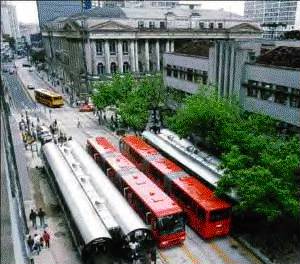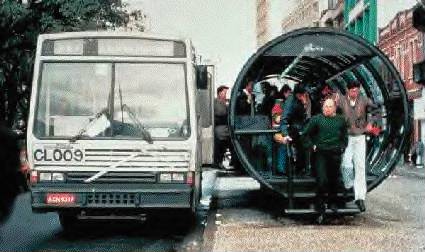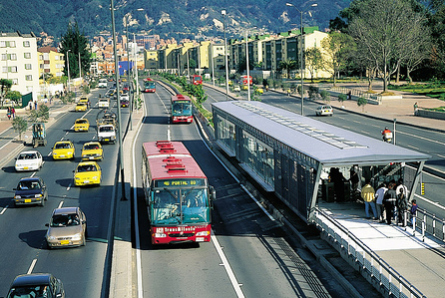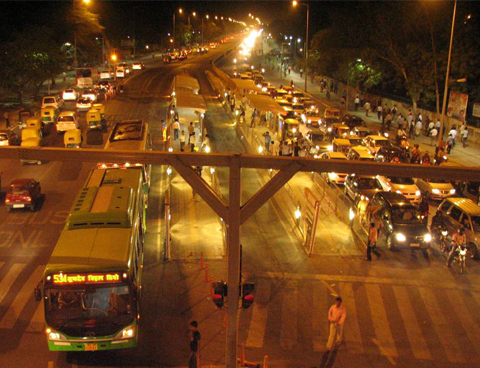W. K. Lis
Superstar
From expressindia.com article:
The Parliamentary Standing Committee on urban transport said on Tuesday that despite the “potential benefits of BRTSâ€, the Bus Rapid Transit System BRTS has been a failure in the Capital.
The Standing Committee report says that in view of the city’s experience, the Delhi government should “abandon the other five BRT corridors as approved earlierâ€. Instead, the government should strengthen the Delhi Metro rail service with a strong feeder bus network, covering all bus networks in the city, the expert panel suggests.
The Standing Committee report says, “If the mass transportation is improved integrating MRTS (Mass Rapid Transit System) and feeder bus service with high reliability, good frequency of service and easy accessibility, personalised vehicle users will no doubt switch over to public transport system.†Such a switchover among car-users, the report says, has been seen in New York, Toronto and London, “where the public transport system is very predominantâ€.
The Standing Committee observation came in the light of a report submitted by School of Planning and Architecture head Prof P K Sarkar, who has highlighted a number of “loopholes†in the Delhi model of BRT. In his observations, Prof Sarkar has pointed out that one of the major failures of this transport model in Delhi has been to take away seven metres of road width from the already inadequate right of way of the road.
According to the expert’s observations, even before the BRT system was implemented, the road, divided into six lanes, experienced very heavy traffic volume for most part of the day. The stretch needed to be widened to handle that traffic volume even before the BRT idea was implemented, the report says. But instead of adding width, two lanes were taken out of the corridor, the report points out.
According to the committee, the passenger carrying capacity of the BRT model in Bogota (Colombia) is higher due to more road space given to cars. But in Delhi, “even movement of pedestrian traffic across the BRT corridor is not well plannedâ€. Result: pedestrians have to walk comparatively longer distances to cross the corridor, the report says.
















